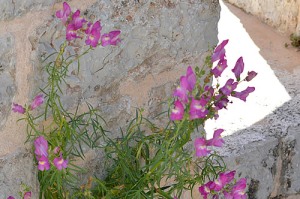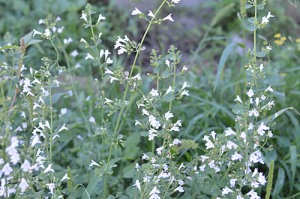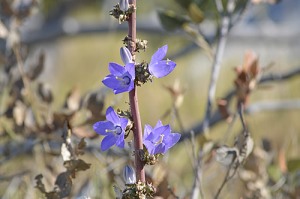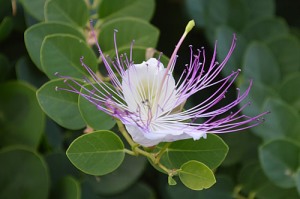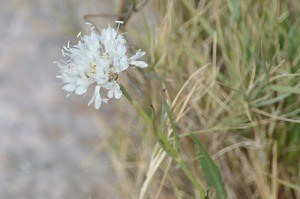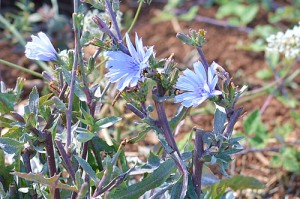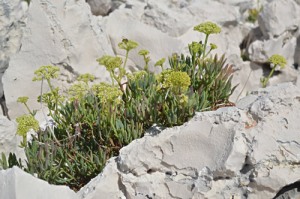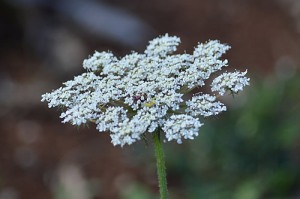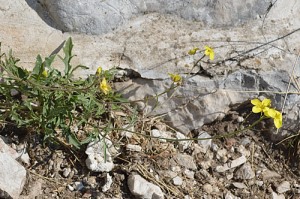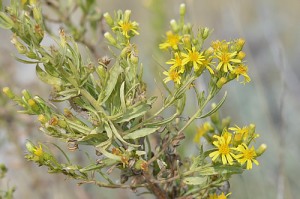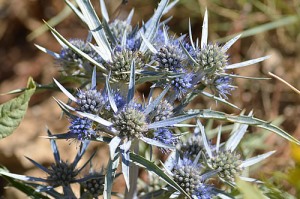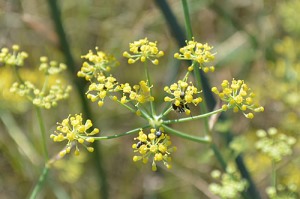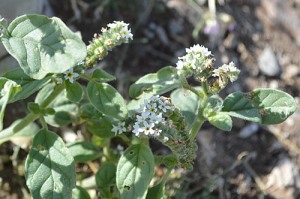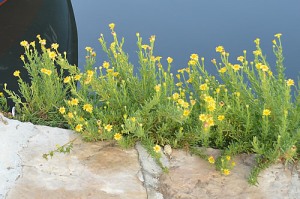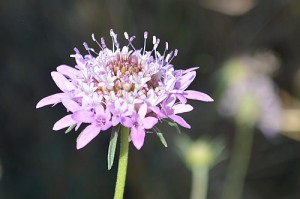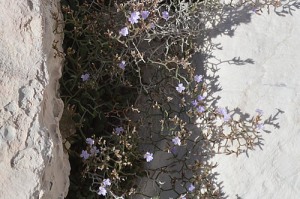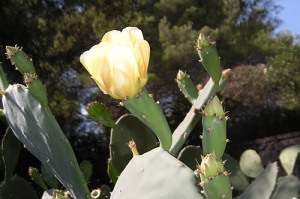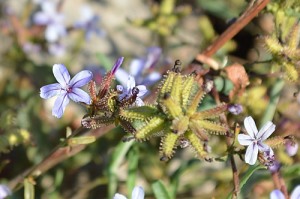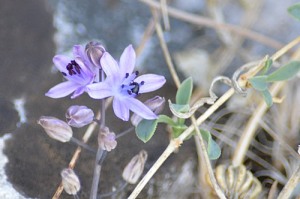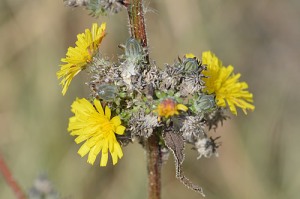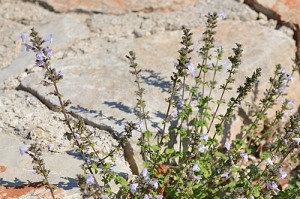-
Researchers noticed ‘dramatic’ changes in nutrients in crops, including drop in zinc and rise in lead
More carbon dioxide in the environment is making food more calorific but less nutritious – and also potentially more toxic, a study has found.
Sterre ter Haar, a lecturer at Leiden University in the Netherlands, and other researchers at the institution created a method to compare multiple studies on plants’ responses to increased CO2levels. The results, she said, were a shock: although crop yields increase, they become less nutrient-dense. While zinc levels in particular drop, lead levels increase.
Continue reading...
-
This week’s best wildlife photographs from around the world
Continue reading...
-
People of Silverdale report rattling and shaking as 2.5 magnitude earthquake strikes in probable aftershock
A village in Lancashire has been hit by a “radiator rattling” earthquake for the second time in little over two weeks.
Residents of Silverdale, a small coastal village located five miles south of the Cumbria border, reported the now strangely familiar feeling of rattling and shaking in their homes at 5.03am as a 2.5-magnitude earthquake hit the area with its epicentre 1.6 miles (2.6km) off the coast.
Continue reading...
-
Ryde, Isle of Wight: Lots of commotion here among the hovercraft and herring gulls, but it’s the wonderful, tubby geese that make my winter
There’s a hovercraft on the sand, skirts deflated, dumped like a beached whale. Behind it, the pier stretches into the Solent. The air has the dull taste of off-season resort, with background notes of seaweed and vinegar. Welcome to Ryde.
We eat fish and chips, fending off the attention of a hungry herring gull. The clicks and whistles of 20 starlings float towards our ears from over the road. A pied wagtail, manic wind-up toy, scurries beside us. Stop, start, whirr.
Continue reading...
-
In the Peloponnese mountains, the usually hardy trees are turning brown even where fires haven’t reached. Experts are raising the alarm on a complex crisis
In the southern Peloponnese, the Greek fir is a towering presence. The deep green, slow-growing conifers have long defined the region’s high-altitude forests, thriving in the mountains and rocky soils. For generations they have been one of the country’s hardier species, unusually capable of withstanding drought, insects and the wildfires that periodically sweep through Mediterranean ecosystems. These Greek forests have lived with fire for as long as anyone can remember.
So when Dimitrios Avtzis, a senior researcher at the Forest Research Institute (FRI) of Elgo-Dimitra, was dispatched to document the aftermath of a spring blaze in the region, nothing about the assignment seemed exceptional. He had walked into countless burnt landscapes, tracking the expected pockets of mortality, as well as the trees that survived their scorching.
Continue reading...
-
In this week’s newsletter: A generation is using the legal system to demand accountability for climate harm
• Don’t get Down to Earth delivered to your inbox? Sign up here
Rikki Held grew up on her family’s ranch in Montana, watching the land transform amid the climate crisis. The Powder River, which runs through the property, has sometimes dried up during drought, leaving crops and livestock without water. At other points, rapid snowmelt and heavy rains have caused flooding and eroded riverbanks, making the land difficult to use.
Two years ago, the 24-year-old and a group of other young people won a groundbreaking legal victory, intended to prevent those impacts from worsening. In August 2023, a judge ruled in favour of plaintiffs in Held v Montana, in which 16 young people accused the state of violating their constitutional rights by promoting planet-warming fossil fuels. The state’s supreme court affirmed the judge’s findings late last year, but plaintiffs say lawmakers have since passed new laws that violate that ruling. So last week, they filed a new petition calling on the supreme court to enforce their earlier win, one of several youth-led constitutional climate lawsuits filed in the US this year.
‘A shift no country can ignore’: where global emissions stand, 10 years after the Paris climate agreement
The trauma after the storm: Hurricane Melissa leaves trail of emotional devastation across Jamaica
Synthetic chemicals in food system creating health burden of $2.2tn a year, report finds
Montana youth activists who won landmark climate case push for court enforcement
More than 40 Trump administration picks tied directly to oil, gas and coal, analysis shows
Youth-led US climate activists widen focus to fight authoritarianism
Continue reading...
-
From floods to droughts, erratic weather patterns are affecting food security, with crop yields projected to fall if changes are not made
Experts have warned that the world’s ability to feed itself is under threat from the “chaos” of extreme weather caused by climate change.
Crop yields have increased enormously over the past few decades. But early warning signs have arrived as crop yield rates flatline, prompting warnings of efficiency hitting its limits and the impacts of climate change taking effect.
Continue reading...
-
Exclusive: Ancient forests and turquoise rivers of the Cochamó Valley protected from logging, damming and development
A wild valley in Chilean Patagonia has been preserved for future generations and protected from logging, damming and unbridled development after a remarkable fundraising effort by local groups, the Guardian can reveal.
The 133,000 hectares (328,000 acres) of pristine wilderness in the Cochamó Valley was bought for $63m (£47m) after a grassroots campaign led by the NGO Puelo Patagonia, and the title to the wildlands was officially handed over to the Chilean nonprofit Fundación Conserva Puchegüín on 9 December.
Continue reading...
-
Were children’s bones found at the edge of European lake settlements an attempt to appease water gods?
Flood protection takes many forms, from the levees of Louisiana to the drains of East Anglia. Some villages in bronze age Europe may have had a more unusual barrier: a circle of skulls.
Researchers from Basel University have found children’s skulls at the edge of lake settlements vulnerable to flooding, dating to the ninth century BC. As flooding became worse, villages in the Circum-Alpine region in what is now Germany and Switzerland started building defences. These included log palisades, houses on stilts, and flood walls reinforced with stone and skulls.
Continue reading...
-
Nissan builds in capability to go fully electric at Sunderland plant amid scaling back of transition targets across Europe
Car bodies suspended from overhead rails move through Nissan’s factory in Sunderland, with workers stepping in to fit parts at different stations. At the newly installed battery “marriage station”, lifting machines push the most crucial component up into the body. Robots fit and tighten 16 bolts in under a minute – quick enough to ensure the constant flow of vehicles around Britain’s biggest car factory.
The electric cars in question are the third generation of Nissan’s Leaf, after the Japanese carmaker this week launched production following £450m of upgrades.
Continue reading...




